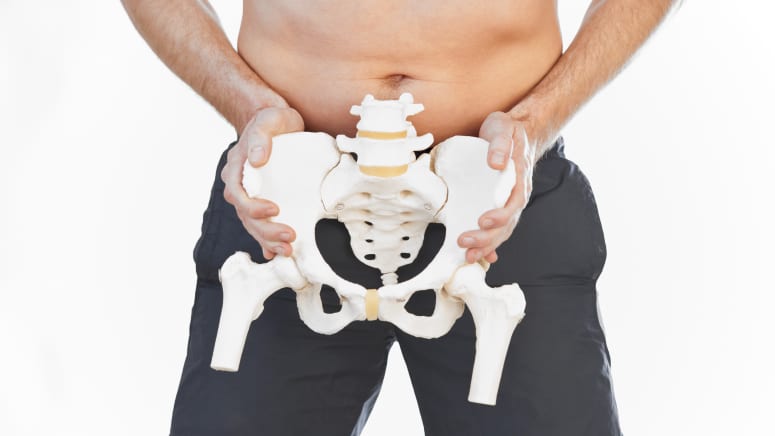Subscribe to our newsletter and get your FREE guide,
Natural Back Pain Relief: 16 Choices for Lasting Comfort.
Understanding Sports Hernia (Athletic Pubalgia)
Peer-Reviewed Article
Sports hernia, or athletic pubalgia, is a condition causing groin pain in athletes due to strain or tear of soft tissues.









